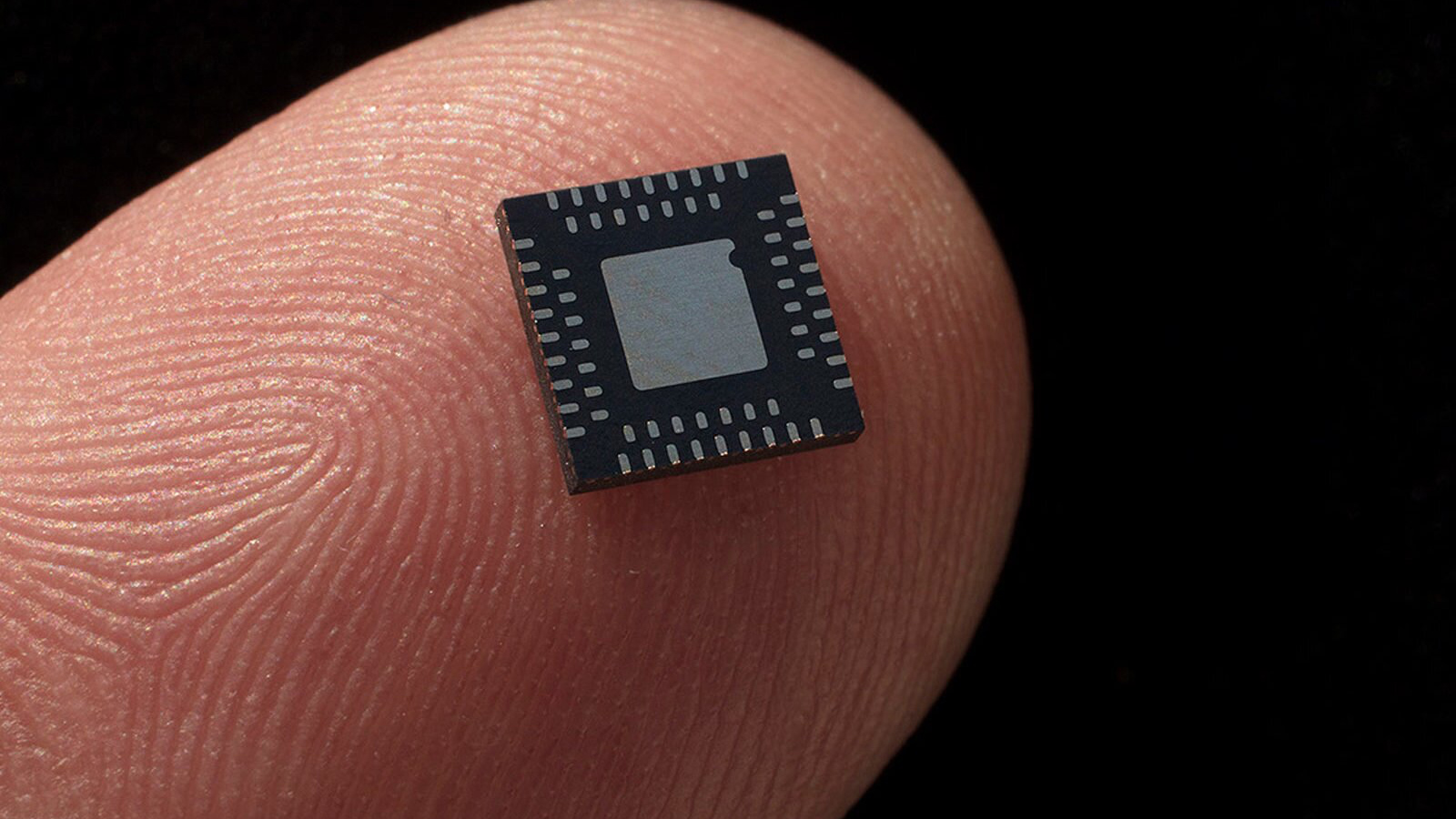Arm crafts plan to raise prices by up to 300% — mulls designing own chips to rival competitors
Arm's customers are unhappy with the plan.

Throughout its history, Arm has licensed its instruction set architecture or designs of actual processor components, such as general-purpose cores or graphics processing units, but not the whole chip design. However, Reuters reports that the company is reconsidering its business strategy to increase its earnings.
Under the new strategy, Arm plans to offer more complete chip designs and even actual chiplets that compete against products developed by Arm’s customers. In addition, Arm reportedly intends to increase its license price threefold.
In 2019, Arm launched its Picasso project, aiming to increase smartphone revenue by $1 billion annually over the next 10 years. The strategy included raising royalty rates for pre-designed chip components built on its Armv9 architecture by as much as 300%. By now, Arm has indeed rolled out its compute subsystem (CSS) IP packages, which comprise high-performance and energy-efficient CPU and GPU IPs and enable Arm's partners to build processors for client or data center devices considerably faster than previously.
By late 2019, Arm chief executive Simon Segars informed SoftBank chairman Masayoshi Son that Qualcomm had agreed to use Arm’s pre-designed platforms. However, Qualcomm then acquired Nuvia, a company with a highly competitive CPU design and a talented development team, which made it change its mind about using pre-designed platforms. As a result, just like Apple, Qualcomm only uses Arm’s ISA, not prêt-à-porter CPU cores or CSS designs, and therefore pays considerably less.
Meanwhile, the current CEO, Rene Haas, proposed an even more radical way to boost Arm's earnings. In a 2022 presentation, Haas proposed that the company should start selling finished chiplets that could be used to build system-in-packages (SiPs), enabling emerging partners to focus solely on the development of their differentiating IPs, such as general-purpose CPUs or GPUs. Such chiplets would directly compete against processors designed by companies like MediaTek and Qualcomm and, therefore, strain relationships with customers relying on Arm’s ISA designs. However, they would significantly increase Arm's earnings.
Arm's new strategy reflects its ambition to grow beyond its traditional licensing model. As part of its push that extends beyond smartphones and targets growth in PC and data center markets, the company has also pursued closer collaboration with device manufacturers like Samsung, which is logical since traditional processor suppliers like AMD and Intel certainly do so as well. While Arm has not yet started building its chips or chiplets, its intentions have already raised customer concerns.
Get Tom's Hardware's best news and in-depth reviews, straight to your inbox.

Anton Shilov is a contributing writer at Tom’s Hardware. Over the past couple of decades, he has covered everything from CPUs and GPUs to supercomputers and from modern process technologies and latest fab tools to high-tech industry trends.
-
hotaru251 tbh the choice could be accelerated by their loss in that lawsuit vs qualcomm...they gonna need more $Reply -
ekio Some wonder why people keep talking so much about RISC-V (the ISA standard that is technically superior and impossible to be scammed with because of its permissive license)....Reply -
Pierce2623 Well Qualcomm screwed them so I don’t really blame them. They lost a ton of money no longer licensing finished core architectures to Qualcomm. I wouldn’t even give Wualcomm access to the v9 extensions without forcing them to really pay up.Reply -
atomicWAR So everyone's fear for Arm if Nvidia bought them...came true just without Nvidia. Now vendors have to compete with Arm directly anyways. Not sure if this is a terrible or great idea. Regardless it will shake up the Arm ecosysyem in ways I am sure many licsense holders may not like. Time will tell if it is the smart move.Reply -
bit_user Reply
The central fact was Qualcomm (ARM's biggest IP customer) switching to its own cores. The lawsuit was one attempt by ARM to "remedy" that loss of revenue; this is another. That's a round-about way of agreeing with you, but I did think that lawsuit was a stretch.hotaru251 said:tbh the choice could be accelerated by their loss in that lawsuit vs qualcomm...they gonna need more $
ARM needs to boost revenues, but any way it tries to do that will upset customers. So, they face two options:
Boil the frog slowly, increasing licensing fees little by little.
Exploit their customers as much as possible, while they still have any.
The wildcard is the timetable for RISC-V to mature and the industry to pivot away from ARM and over to it.
In the meantime, companies like AMD and Nvidia could join Qualcomm in spoiling ARMs fun, because they also possess architectural licenses. As do Ampere, Broadcom, and Marvel, I think.
Actually, this could be very bad news for Ampere Computing, since Qualcomm never contested that Nuvia's license didn't transfer. If Ampere gets bought (which is what they're currently trying to do), its ARM Architecture license would have to get re-negotiated and that would probably be on much worse terms. -
bit_user Reply
I haven't seen a good argument that RISC-V is technically superior. The core ISA doesn't have anything special, but it's also not bad. Its extension mechanism makes it easy for vendors to add their own special features as a way to differentiate their products.ekio said:Some wonder why people keep talking so much about RISC-V (the ISA standard that is technically superior and impossible to be scammed with because of its permissive license)....
In contrast, ARM is very strict about its architecture licensees mucking with the ISA. It absolutely forbids them to add new instructions, in order to retain binary compatibility across all devices of a comparable ISA level. -
bit_user Reply
Eh, not quite. You can still buy or make ARM stuff without it being tied to Nvidia, which is what Nvidia's competitors were worried about.atomicWAR said:So everyone's fear for Arm if Nvidia bought them...came true just without Nvidia.
But, the irony is that fear of being seen as anti-competitive could've perhaps pressured Nvidia to maintain lower prices than what ARM is now doing.
One factor that's not getting enough press coverage was back when the US restricted the access to ARM's IP for certain Chinese entities, in like 2019 I think. That was unprecedented, at the time, and showed such IP could be weaponized. It surely motivated China and others to pursue ISAs not subject to such moves, like RISC-V or indigenous (Loongarch, Elbrus). IMO, that made RISC-V's eventual dominance a near inevitability. -
atomicWAR Reply
For sure. I didn't think it was a dead ringer plan wise but the similarity is also hard to ignore. Yeah I honestly almost wish the sale had gone through at this point. In part for the reasons you mentioned, in part because Nvidia likely would have pushed harder on making Arm a true x86 contender in the desktop space and partly because I'd like to think it would have pushed more folks to Risc IV to avoid Nvidia. Regardless I do hope Arm pushes hard into the PC space, MS does more for compatibility and we don't see prices skyrocket due to these pricing increases. Guess we will find out soon enough.bit_user said:Eh, not quite. You can still buy or make ARM stuff without it being tied to Nvidia, which is what Nvidia's competitors were worried about.
But, the irony is that fear of being seen as anti-competitive could've perhaps pressured Nvidia to maintain lower prices than what ARM is now doing.
One factor that's not getting enough press coverage was back when the US restricted the access to ARM's IP for certain Chinese entities, in like 2019 I think. That was unprecedented, at the time, and showed such IP could be weaponized. It surely motivated China and others to pursue ISAs not subject to such moves, like RISC-V or indigenous (Loongarch, Elbrus). IMO, that made RISC-V's eventual dominance a near inevitability. -
bit_user Reply
Sounds like they still are? The SoC in that little Digits box sounds pretty powerful. If the N1 is anything like that, then it'll have some legs.atomicWAR said:because Nvidia likely would have pushed harder on making Arm a true x86 contender in the desktop space